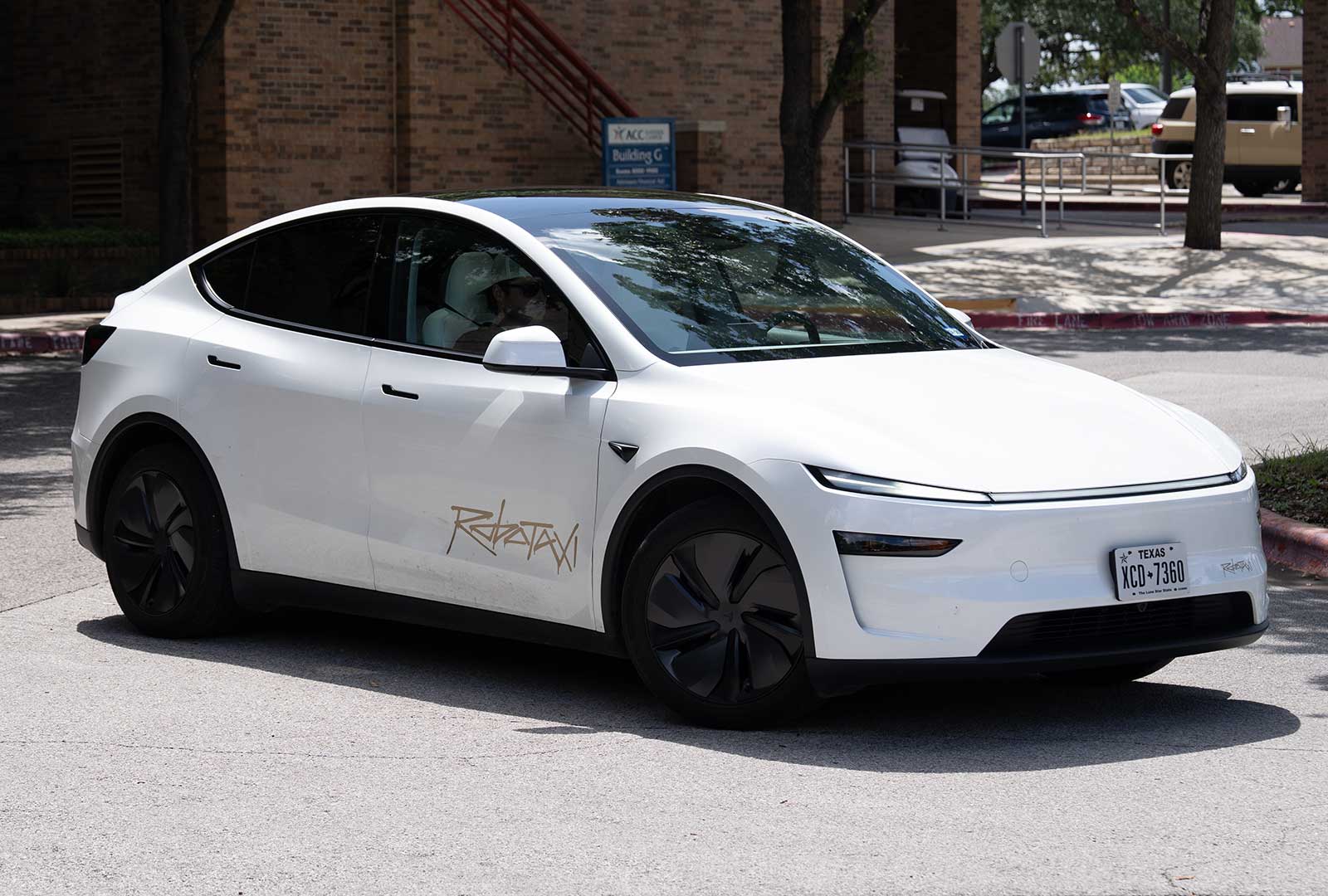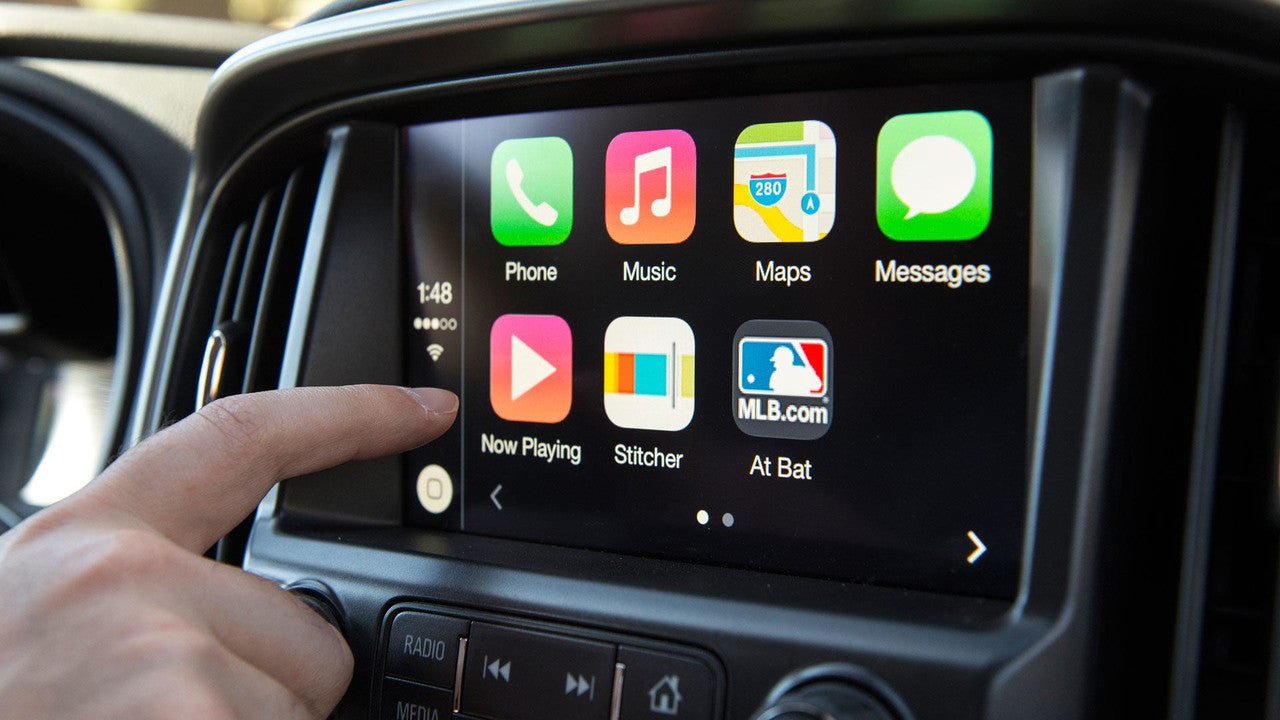Der Highway Trust Fund (HTF) – die wichtigste staatliche Finanzierungsquelle für die Autobahnen und den öffentlichen Nahverkehr unseres Landes – war einst dank der bundesweiten Benzinsteuer selbsttragend. Doch Mitte 2025 steht er am Rande der Insolvenz – mit schwerwiegenden Folgen für Infrastruktur, Haushalte und amerikanische Autofahrer.
⏳ Kritische Warnung: Eine sich schnell nähernde Klippe
-
Voraussichtliche Erschöpfung bis Mitte 2028. Jüngste Berichte bestätigen, dass dem HTF bis 2028 die Mittel ausgehen werden, wenn der Kongress nicht handelt .
-
Zu diesem Zeitpunkt wird der HTF mit jährlichen Defiziten von 40 Milliarden US-Dollar konfrontiert sein, wobei das Gesamtdefizit bis 2033 240 Milliarden US-Dollar übersteigen wird .
-
Das CBO prognostiziert eine noch düsterere Aussicht: Die Defizite werden bis 2031 auf 135 Milliarden Dollar ansteigen, bis 2034 auf fast 280 Milliarden Dollar .
📉 Warum der Treuhandfonds scheiterte – und wann
-
Stagnierende Benzinsteuer
Die bundesstaatliche Benzinsteuer liegt seit 1993 bei 18,4 Cent pro Gallone. Durch die Inflation ist ihr realer Wert halbiert worden, was die Einnahmen schmälert . -
Weniger Gallonen verkauft
Verbesserte Kraftstoffeffizienz und die Zunahme von Elektrofahrzeugen führen dazu, dass Autofahrer weniger Benzin verbrauchen, was sich auf die Einnahmequellen auswirkt . -
Überausgaben
Die Ausgaben des HTF übersteigen jährlich die Einnahmen. Im Haushaltsjahr 2024 beliefen sich die Ausgaben auf 70,6 Milliarden US-Dollar , während die Einnahmen lediglich 42,5 Milliarden US-Dollar betrugen, was das strukturelle Defizit vergrößerte . -
Rettungsaktionen des Bundes
Der Kongress hat den Fonds seit 2008 mit 275 Milliarden Dollar aus dem allgemeinen Fonds aufgestockt und so das strukturelle Defizit kaschiert .
💸 Die Kosten für Sie
-
Ohne eine Aufstockung werden die Verkehrsministerien der Bundesstaaten mit Kürzungen oder Verzögerungen bei wichtigen Autobahn- und Transitprojekten konfrontiert sein .
-
Der Verfall der Infrastruktur könnte Pendler Tausende von Stunden und Milliarden an Produktivität kosten – und die Wettbewerbsfähigkeit der USA schwächen, die in puncto Straßenqualität weltweit bereits auf Platz 17 liegen. .
-
Die lokale Wirtschaft und die Schaffung von Arbeitsplätzen sind gefährdet, da die Bundesmittel versiegen.
🛣 Drei Wege nach vorn
Laut Denkfabriken wie Taxpayers for Common Sense gibt es drei Möglichkeiten:
-
Eine Erhöhung der Transfers aus dem allgemeinen Fonds (im Wesentlichen eine Erhöhung der Staatsverschuldung) ist nicht nachhaltig und ungerecht.
-
Erhöhen Sie die Nutzungsgebühren – über eine indexierte Benzinsteuer, Mautgebühren, kilometerabhängige Nutzungsgebühren (VMT) oder Gebühren für Elektrofahrzeuge.
-
Ausgaben reduzieren – das bedeutet weniger Autobahnausbau und strengere Priorisierung .
🔧 Was der Kongress berücksichtigen sollte
-
Passen Sie die Benzinsteuer an die Inflation an (z. B. Erhöhung auf heute ca. 40 Cent/Gallone).
-
Erweitern Sie moderne Nutzungsgebühren wie VMT oder Straßenbenutzungsgebühren aus Gründen der Gerechtigkeit.
-
Wenden Sie gezielte Gebühren für Elektrofahrzeuge an , während umfassendere Preisreformen eingeführt werden.
-
Binden Sie Interessenvertreter aus allen Regionen und Verkehrsteilnehmern ein, nicht nur die Lobbyisten der staatlichen Autobahnen, die bereits 400 Milliarden Dollar für den Zeitraum 2026–2031 fordern, während die Einnahmen auf 190 Milliarden Dollar begrenzt sind .
✅ Fazit: Eine Infrastrukturabrechnung ist überfällig
Die Insolvenz des Highway Trust Fund ist keine ferne Bedrohung – sie ist eine finanzielle Realität mit erheblichen Auswirkungen auf die nationale Mobilität und Sicherheit. Die politischen Entscheidungsträger müssen aufhören, das Problem mit Rettungsaktionen aus dem allgemeinen Fonds zu vertuschen, und stattdessen mutige, transparente Maßnahmen ergreifen:
-
Passen Sie die Nutzungsgebühren an die heutige Wirtschaft an.
-
Verknüpfen Sie Einnahmen mit der Nutzung.
-
Gehen Sie bei Investitionen in Straßen und Transit strategisch vor.
Ohne Strukturreformen müssen die Amerikaner mit längeren Pendelstrecken, langsameren Verkehrsnetzen und maroden Straßen rechnen – eine Ironie für ein Land, dessen Bau auf Autobahnen beruht. Jetzt ist es an der Zeit, das Finanzierungsmodell zu überarbeiten – und es muss fair, zukunftsorientiert und auf die Verkehrsherausforderungen des 21. Jahrhunderts zugeschnitten sein.
Empfohlene Lektüre: Die Steueranreize des Inflation Reduction Act (IRA) für Elektrofahrzeuge und saubere Energie verstehen








Aktie:
Reichweite vs. PS: Worauf kommt es bei einem luxuriösen Elektro-SUV wirklich an?
Wie weit kommt ein Ford Mustang Mach-E mit einer vollen Ladung?